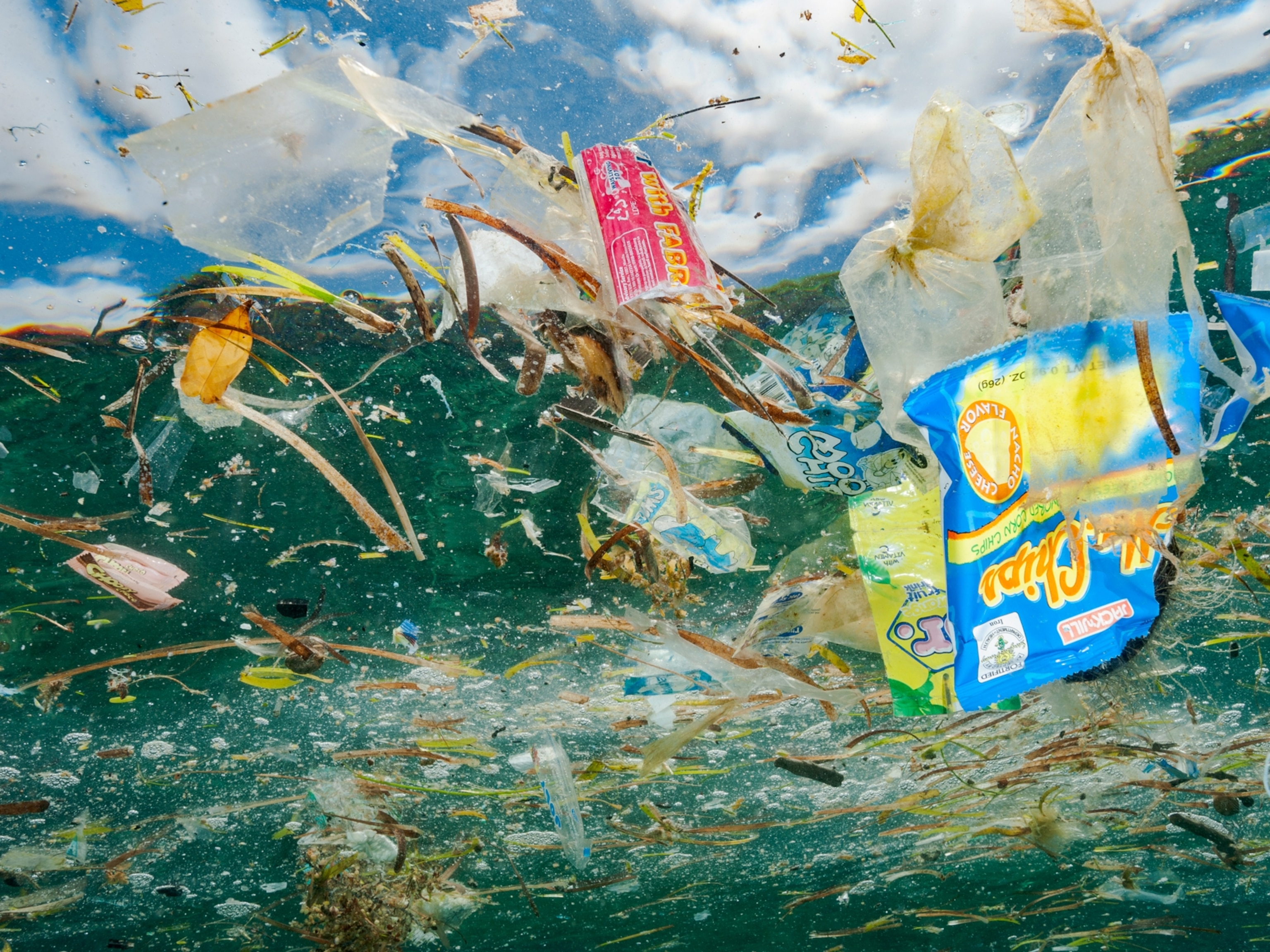
To Save the Oceans, Should You Give Up Glitter?
Sparkles are fun, but these tiny bits of plastic escape into waterways.
When 19 British pre-schools stopped using glitter in art projects to save the oceans, it set off a frenzy that reached as far as New Zealand over glitter’s potential to harm marine life. The change at the Tops Day Nurseries, the chain’s directors say, is aimed at reducing plastic pollution entering the ocean, and it prompted Trisia Farrelly, an environmental anthropologist at Massey University in New Zealand, to call for a global ban.
“All glitter should be banned because it’s microplastic and all microplastics leak into the environment,” Farrelly says.
But what potential threat is posed by these sparkly bits of plastic that are ubiquitous in Christmas holiday season décor? It is hard to say.
Anatomy of Glitter
Glitter is made from plastic sheets and used in a wide array of products, including cosmetics. When washed down the drain, glitter becomes a subset of marine plastic litter known as microplastic. Microplastics, which measure less than five millimeters in length, are found throughout the world’s oceans, from the surface to the deep sea floor. They are consumed by plankton, fish, shellfish, seabirds, and other marine life. Plastic bits collect in birds’ stomachs, where they can cause them to die of starvation. Scientists have become increasingly concerned about its effects on fish and other marine life.
The greatest volume of microplastics comes from two sources: plastic trash broken down into flea-sized bits by UV rays and wave action, and manufactured plastic beads that are added to cosmetics and personal care products such as face wash and toothpaste. These microbeads do not degrade and in all probability will exist in the oceans for hundreds of years. Scientists estimate more than 8 trillion microbeads enter U.S. waters daily.
How much glitter escapes into the environment, and through which pathways, is still unknown.
“So while there is evidence of accumulation of microplastics in general and evidence of harm from lab studies, there is a lack of clear evidence specifically on glitter,” says Richard Thompson, a marine biologist at the University of Plymouth in western Britain and a leading expert on microplastics. “We have microplastic particles in around one third of the 500 fish we examined in the English Channel, but we did not find any glitter.”
Alice Horton, a research associate at Britain’s Centre for Ecology and Hydrology, told National Geographic there is no concrete data on glitter. Studies on the effects of microplastics, she adds, are “highly variable, depending on the type and shape of the particle, so it’s hard to say what any likely ecological effects would be.”
Is a Ban Needed?
Both Thompson and Horton say an outright ban on glitter is premature, given the lack of science on the subject. They say the continuing accumulation of microplastics in the seas can only cause more harm to marine life, but they suggest more effective remedies could be regulatory measures or manufacturers acting on their own.
“I believe we need to promote responsible product use before resorting to drastic measures such as a legal ban,” Horton says.
To that end, Lush Ltd., a U.K.-based cosmetics retailer, has replaced plastic glitter used in its products—made from polyethylene terephthalate (PET)—with synthetic mica and mineral glitter, and “starched-based lusters,” and is marketing its change on its website. “To avoid being part of the microplastic problem, start by checking labels of all your cosmetics to determine if they contain any plastic-based materials,” Lush advises on its homepage.
The United States banned production of cosmetics and personal care products that contain microbeads as of last July. The same law bans sales of cosmetics containing microbeads as of July, 2018, and over-the-counter drugs containing plastic particles as of July 2019.
Canada banned the use of microbeads last June. The United Kingdom is preparing to ban microbeads next year. In Europe, Cosmetics Europe, a trade organization representing cosmetics companies, recommended that microbeads be discontinued.
In New Zealand, Farrelly praised the attention now focused on glitter by the pre-school ban, especially as the Christmas season nears.
“It’s just a small component of microplastics,” she says. “Microfibers are much bigger, but if glitter is getting more airtime at the moment, then I think that’s a fantastic thing.”





